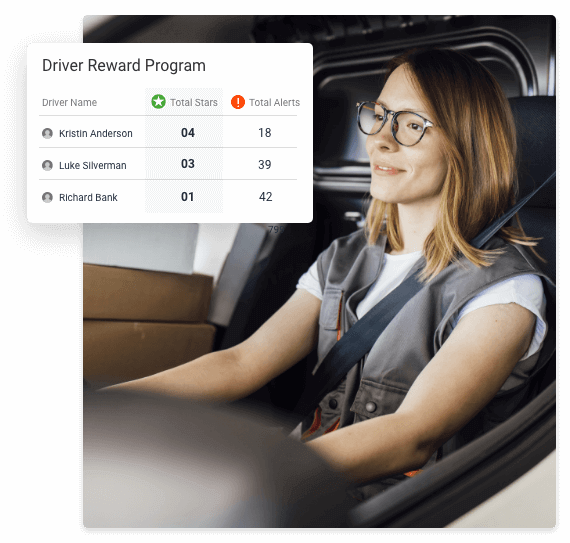Key Takeaways
Fleet managers have to deal with a lot every day, from ensuring vehicles are properly maintained and avoiding costly breakdowns to unexpected logistics headaches and ensuring driver safety. All of these factors can be traced back to a fundamental obligation to their drivers and to their company, risk management.
Risk management is much more than vetting and hiring the best employees, ensuring loads reach customers on time, and staying competitive in an increasingly digitalised world. Risk management involves fully utilising the tools necessary for preventing adverse incidents before they happen and protecting employees and the company.
One of the latest tools fleet managers can use to help with risk management is the dashboard camera. The rapidly advancing technology is now utilising AI to bring together video and driver behaviour, helping businesses proactively mitigate risk, keeping drivers safe and operations running smoothly. In this article you will learn about points of risk where the latest Smart Dashcams can help, how to select the right camera for your business and how to introduce the solution to your drivers
Start by Identifying Points of Risk
Before you can select the right dashboard camera you need to fully evaluate the risks that your business is facing and identify your key points of focus. This will allow you to clearly set objectives and define the results you want to achieve. You can then start to evaluate what technology you need to achieve the desired outcomes.
Dashcams have come a long way in the last few years as Artificial Intelligence (AI) has revolutionised the technology, turning them into powerful tools that are central to risk management programs. While most businesses are using the technology to improve driver safety there are additional areas of risk that cameras can help mitigate.
1. Driver safety
Hands down, the number one reason to consider a dashcam is safety. Fleets can use AI-powered smart dashcams to measure instances of speeding or distracted driving, and reward positive driver behaviours, creating a culture of safety. It is important that users spend time to set the right KPI’s and build coaching programs that are personalised to each driver. By utilising digitised coaching programs this can be automated through real-time driver feedback.
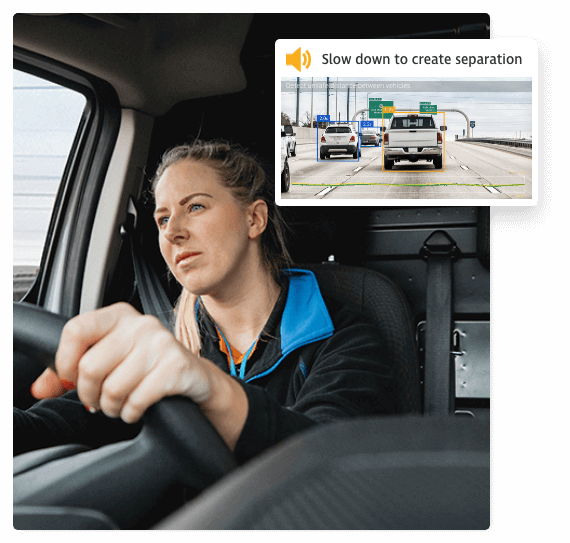
2. Rising costs
Smart dashcams can help businesses reduce the impact of rising insurance premiums, fuel spend and maintenance costs. As part of your safety program you should be tracking the improvements in fuel efficiency, reductions in non-scheduled maintenance spend and improvements in your claims history so you can negotiate better insurance premiums. While safety should be the primary objective there are a large number of cost savings that you can realise by running a safer fleet.
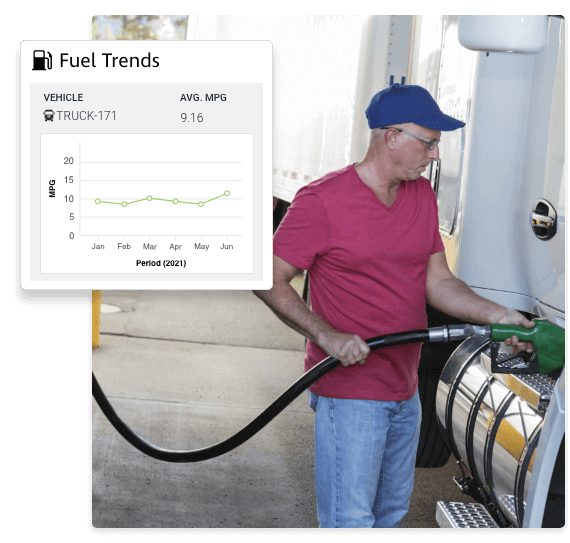
3. Litigation and Claims Severity
As well as helping you to take a proactive approach to risk management, smart dashcams can also help you protect your drivers and company from false incident or accident claims. With access to recordings for all drive time you can easily provide evidence to prove innocence and help your insurance provider quickly identify fault and resolve claims.
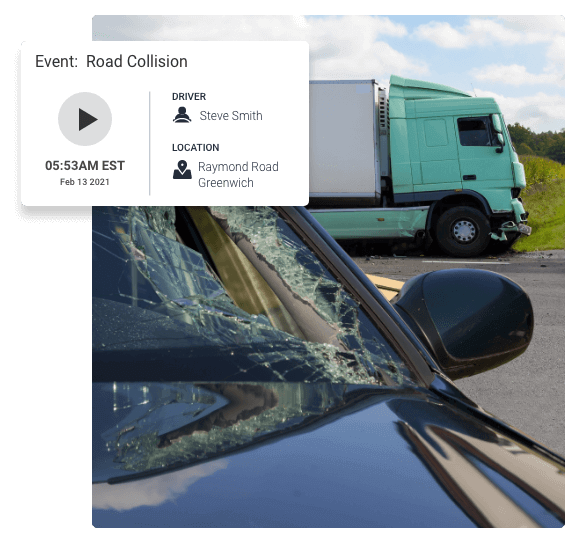
Find the Right Camera Solution
When choosing a camera solution for your fleet, you have many options, from forward-facing and dual-facing cameras to multi-camera setups, and beyond. The breadth of choice can make it difficult to find the right camera and we would always recommend approaching a partner with your short and long term objectives, and ask them to recommend the solution that best meets your needs.
Every business is different, but our advice would be to ensure that the camera solution you choose integrates seamlessly with your fleet management software, bringing together driver behavior data and second-by-second HD recordings. It is also important that your camera solution allows you to easily view videos for safety events and to request footage from specific timeframes. We would also encourage businesses to investigate cameras powered by Artificial intelligence.
Artificial intelligence (AI) sounds more complicated than it is. Here are the basics of AI that a fleet manager should know when looking at camera solutions:
- AI gathers data and uses this data to make logical predictions that allow for the automation of specific tasks.
- AI is a type of machine learning technology relying on data analysis and algorithms created over time from real-time data.
- AI systems compile information using sensors that transmit data to neural networks, where this data enables the AI system to learn, predict, adapt and make decisions.
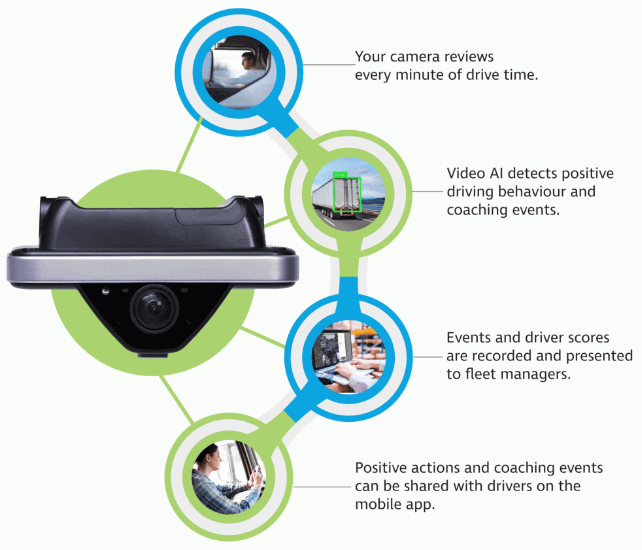
Dashcams without AI technology simply record what the camera "sees" and are incredibly helpful for fleet managers because they provide evidence behind the causes of incidents and driver behaviour. What separates an AI powered smart dashcam is its ability to automatically turn what it ‘sees’ into insight, and supply information to fleet managers and drivers without human intervention. Smart dashcams are highly accurate and can automate many of the processes that often prevent coaching programs from achieving their potential.
When evaluating solutions you should be focused on your needs today, but have one eye on the future. Implementing new technology can be disruptive, so you should be seeking a solution that will meet your short and long term goals. With the new generation of smart dashcams you get a fully-fledged IoT device that enables fleet managers and business owners to build advanced driver risk profiles without having to sift through hours of footage.
Get Driver Support
Successfully introducing smart dashcam technology to seasoned drivers requires transparency into the reasons for implementing the solution and how it will improve risk management. Communication is key and we would encourage managers to bring drivers into the technology review process and ensure that they have clearly communicated how the cameras work, how they will be used, what they are doing to maintain privacy and why the technology is essential for the company.
There are three main ways fleets can help their employees better accept a camera solution and realize value at the same time:
- Communication: Fleet managers should keep an open line of communication with employees by answering their questions as openly and quickly as possible.
- Transparency: Cameras are the most advanced driver behavioral tool and informing drivers what footage is being captured and how it will be used is vital. Drivers should be assured that any information provided by smart dashcams is only accessible by supervisors.
- Rewards: A fleet manager could create an employee rewards program that incentivises participation with bonuses or gift cards.
